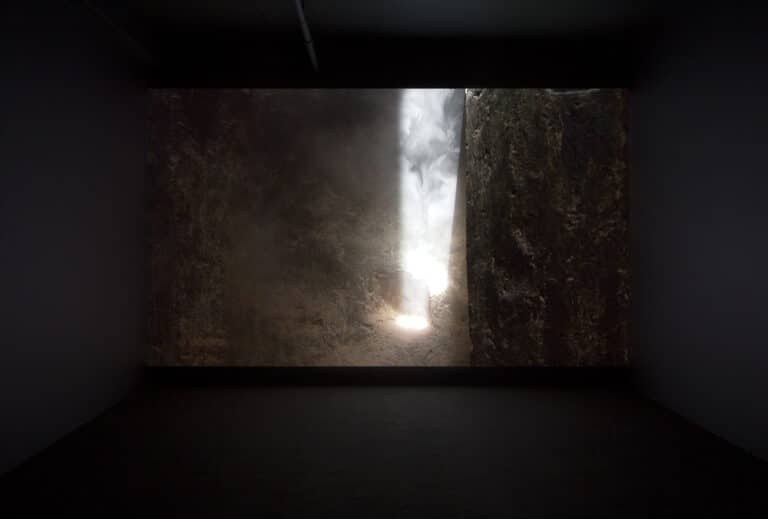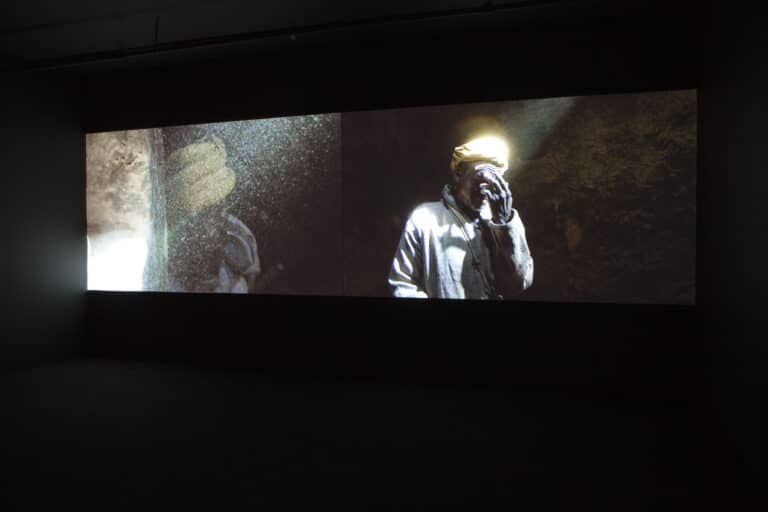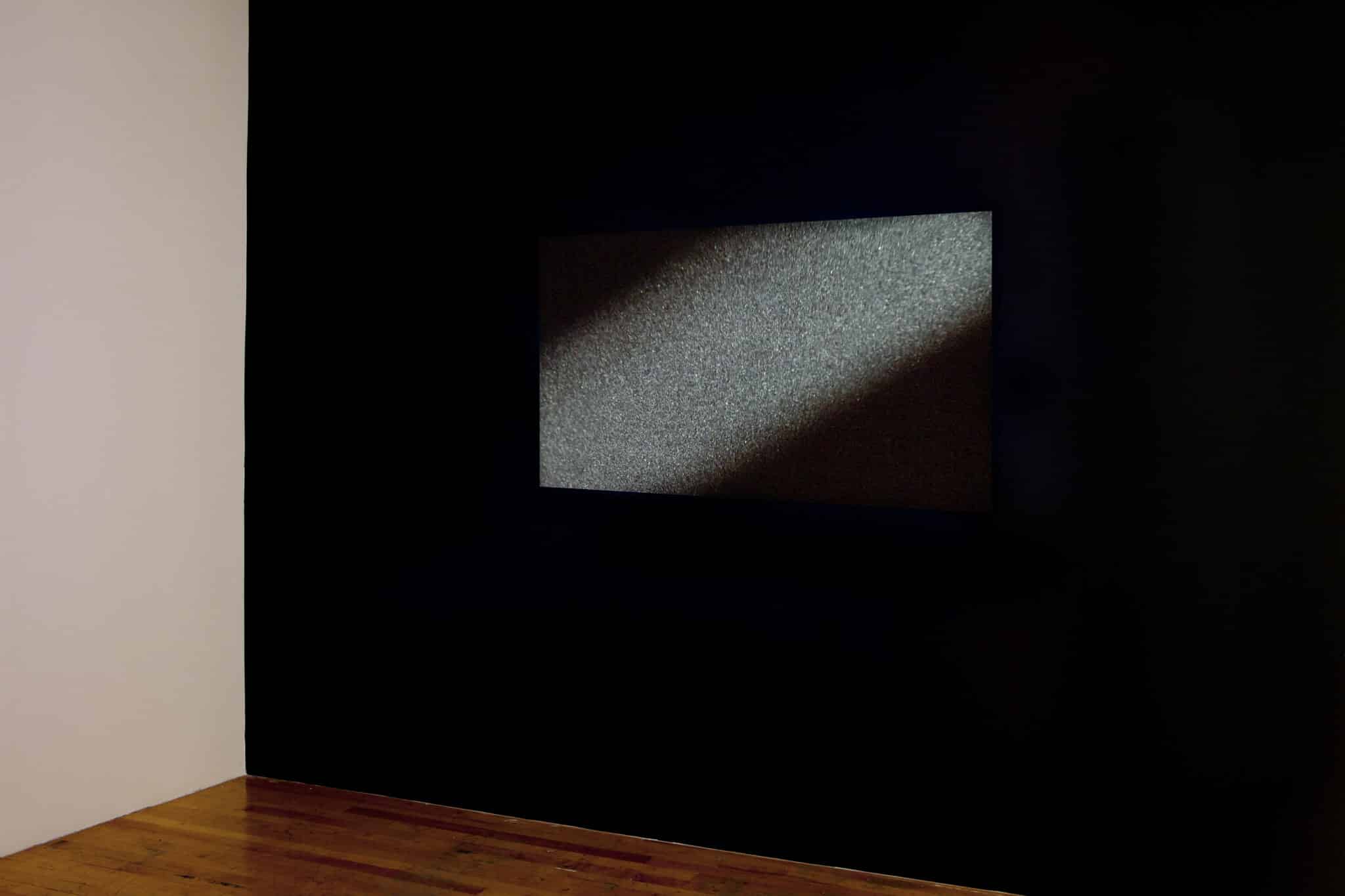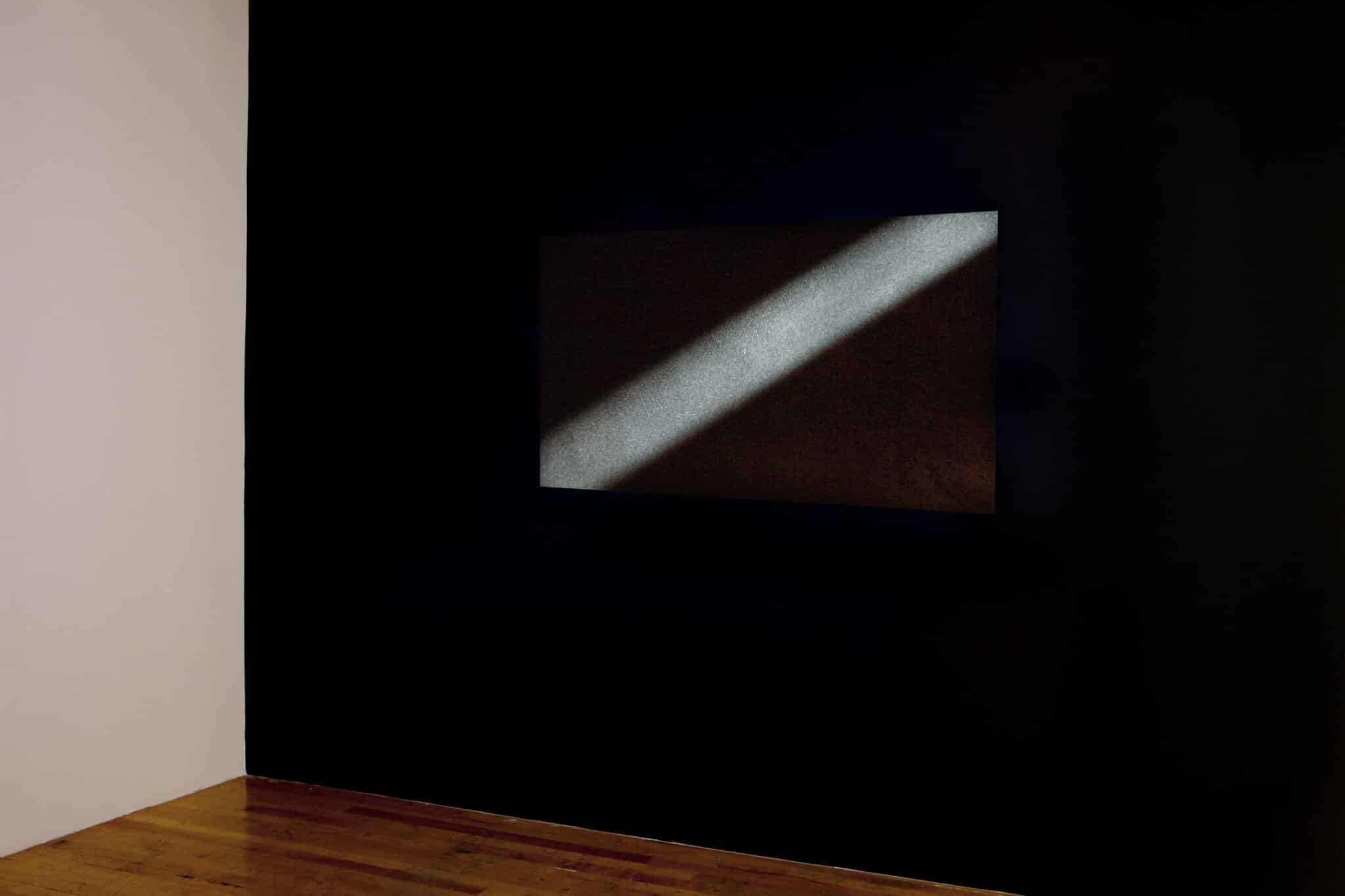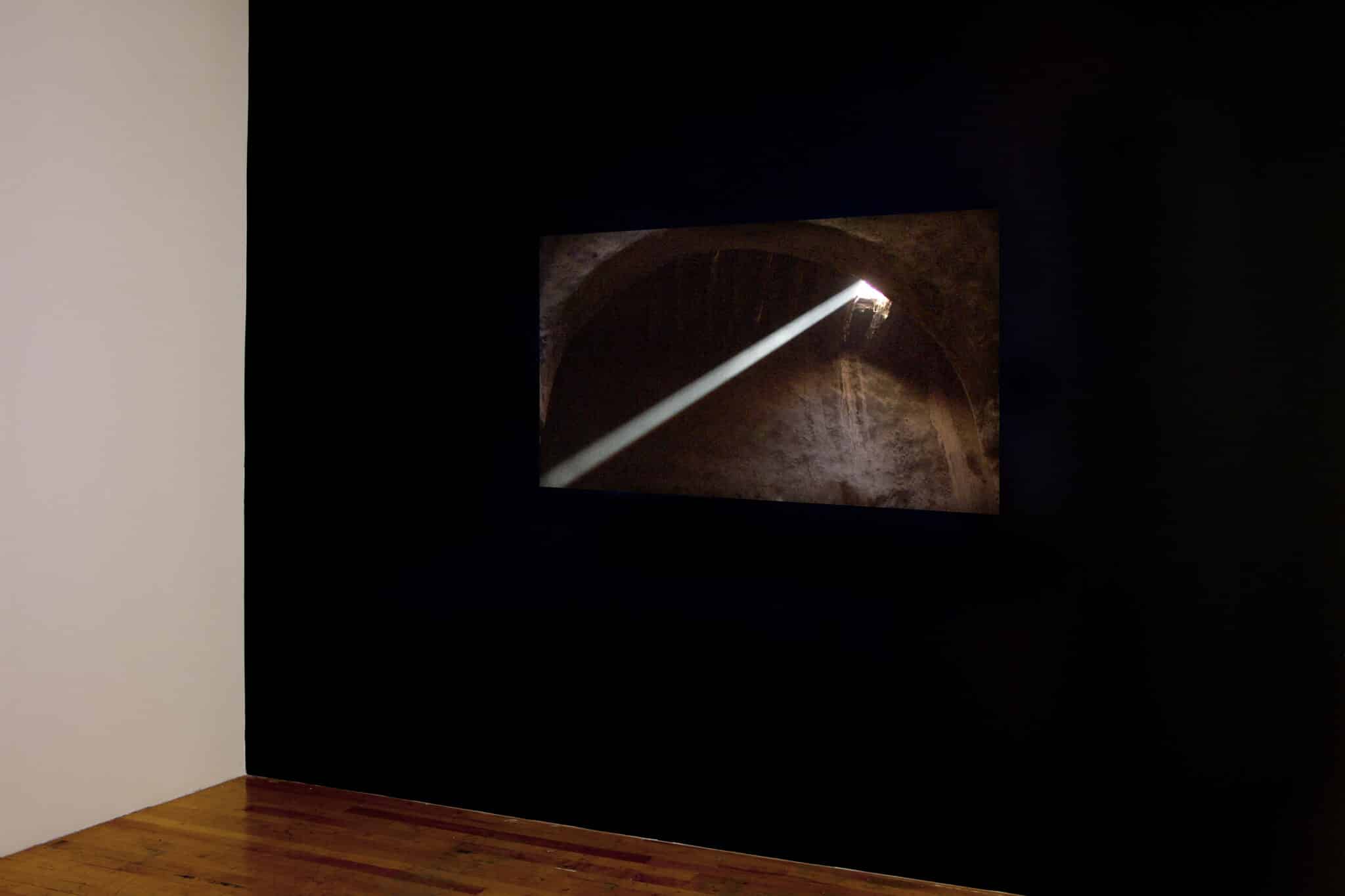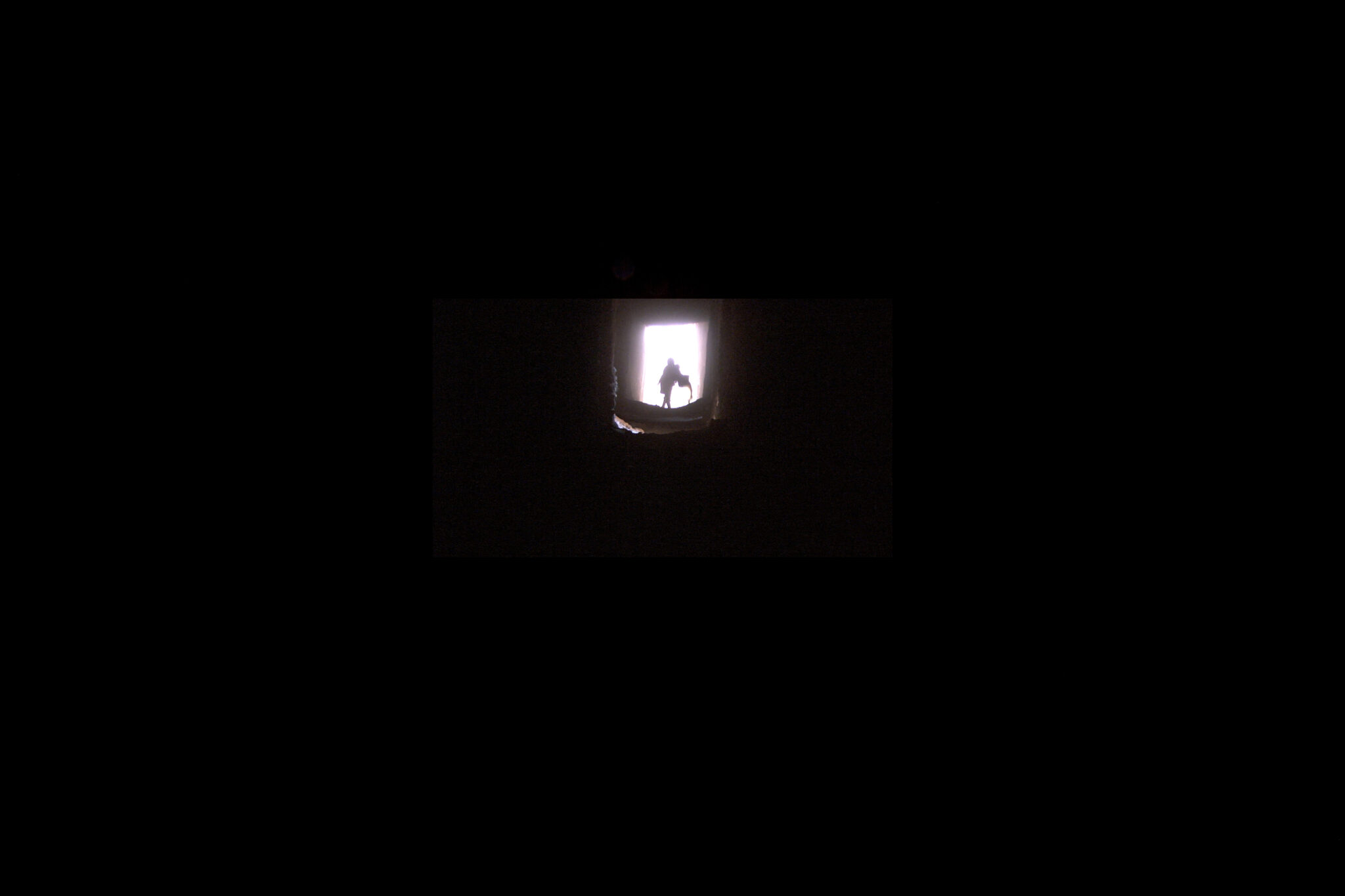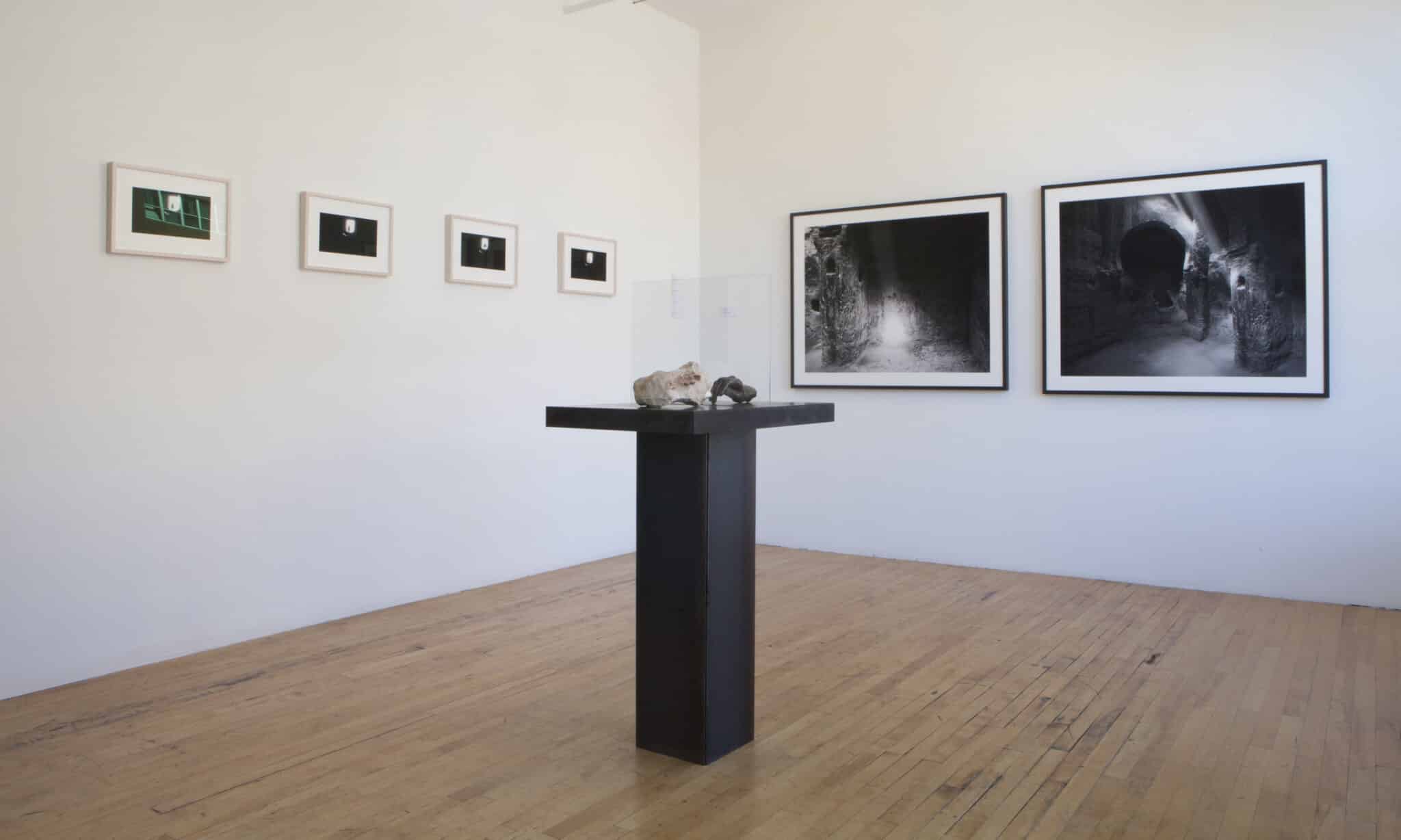Slide Images
01 – Dust, 2009 (installation shot)
02 - The Guardian, 2009 (installation shot)
03 - Amzrou Synagogue Interior, Series II, No. 1 (installation shot 1)
04 - Amzrou Synagogue Interior, Series II, No. 1 (installation shot 2)
05 - Amzrou Synagogue Interior, Series II, No. 1 (installation shot 3)
06 - Morning, 2009 (installation shot)
07 - Morning Series, 2009 / Sefer No. 65, 2012 - 2013 / Amzrou Series I, 2013
Amzrou / Morocco, 2013
Joyce Yahouda Gallery, Montreal, Quebec
Installation views from the exhibition titled Amzrou/Morocco at the Joyce Yahouda Gallery, Montreal between August 22 and October 5, 2013. “This sense of absence pervades the videos Safdie shot in the […] abandoned synagogue of Amzrou, which she sees as a poetic evocation of a place which marks the dispersion of a society from its home.” “This series manages to pay homage to an absent community without romanticizing it. On one hand the videos are direct about what remains – almost nothing, just dust in a once vibrant place […]. However, by presenting the dust as spirit and by giving it breath, Safdie makes clear that both individuals and communities have a felt presence that often can outlive their corporeal presence. […] Transformation implies not only change, but continuity; whatever transforms exists both before and after, just altered.” Excerpts from Eric Lewis, The Video Art of Sylvia Safdie, McGill – Queen‟s University Press, 2013, p. 66, 70.
Amzrou, is a Kasbah in the Draa valley, at the tip of the Sahara Desert in southern Morocco. For over 2,500 years it was the home of a large Jewish community that lived for centuries in harmony with the local Berber tribes. Today, members of the Draouis tribe are the sole occupants of the Kasbah and occupy the homes in the Mellah (Jewish quarter), where Jews used to live. The Jews were involved in crafts (jewelry, metalwork, woodwork, leather, etc.) as well as in trade. In 1958, the 18 families living in the Mellah left for Israel. Today the Draouis continue the tradition of the artisans and they attribute their knowledge to the Jews who taught them their trade and left them their tools and casts. The synagogue is located at 8 Mellah, in the heart of the old Jewish quarter. It was constructed approximately 800 years ago. It was abandoned when the Jews left. Local Draoui families used it as an oven for cooking and baking, hence the ash black color stained on the walls and ground. Today, a guardian, Mbark, will open the door for visitors for a sum of money.